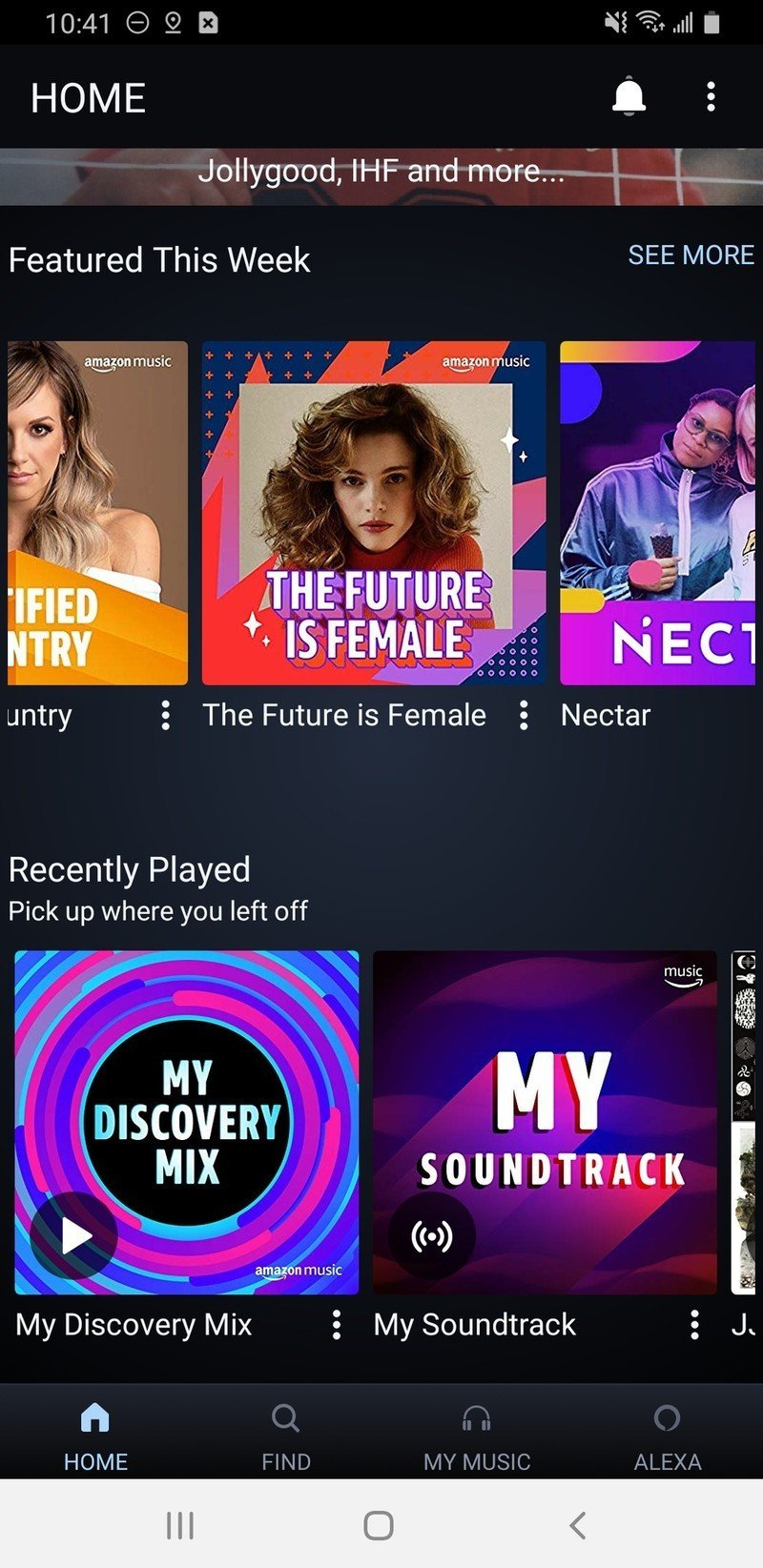Amazon Music is gunning for Spotify and Apple Music, and the plan is working

If you've been paying any attention to the music streaming industry, you've probably been aware of Amazon Music's rise in relevance over the past year or so. From billboards to promoted tweets, from Alexa and Echo promotion to additional artist marketing, it's been hard to escape the service's current presence and future ambitions.
It certainly appears that Amazon's hard work at growing and promoting its music service is paying off. According to a report in the Financial Times, Amazon Music is now the third most popular paid music streaming service (according to subscriptions), and it has grown 50% year-over-year from 2018 to 2019. Such success doesn't just happen, not even for a near trillion-dollar corporation with Amazon's resources (um, hello Google Play Music/YouTube Music). Instead, it has come as the result of a massive effort across numerous channels to make the service relevant beyond its Prime base.
Amazon Music's Evolution
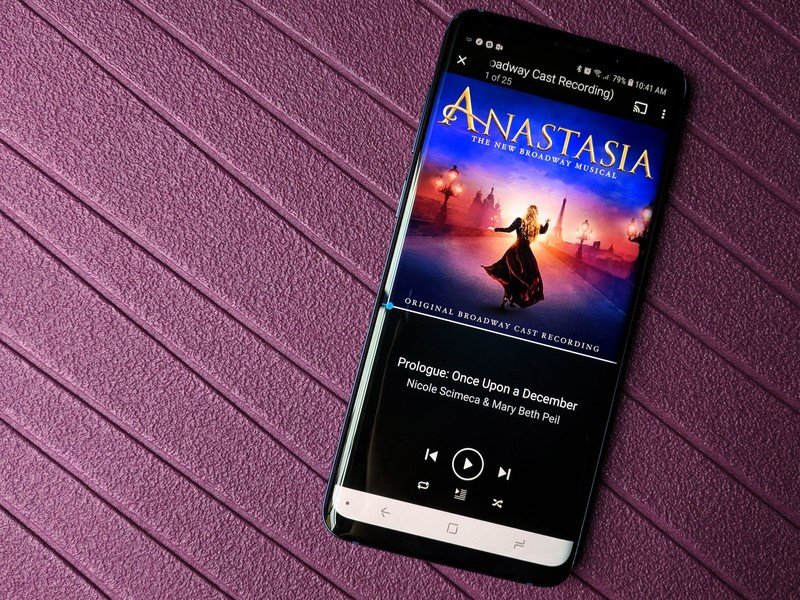
I am old enough to remember ordering CDs via Amazon even before I bothered to learn how to rip them onto my hard drive for use on my Dell Digital DJ and then later iPods. But when I really started paying attention to Amazon in the music space was when iTunes began taking off.
As you no doubt remember, iTunes famously made any track available for 99 cents. At first, this was great for consumers like me — I could purchase only the tracks I wanted and (in theory) save money. But because it was so easy to use, I found myself spending just as much, if not more, on music than before. Then one day, I happened upon Amazon's MP3 store where many of the same popular tracks were available for as cheap as 69 cents, and best of all, these tracks were DRM (digital rights management) free. In other words, I could move them from machine to machine, device to device, with no restrictions. Needless to say, I began to buy most of my online music from Amazon from that point forward.

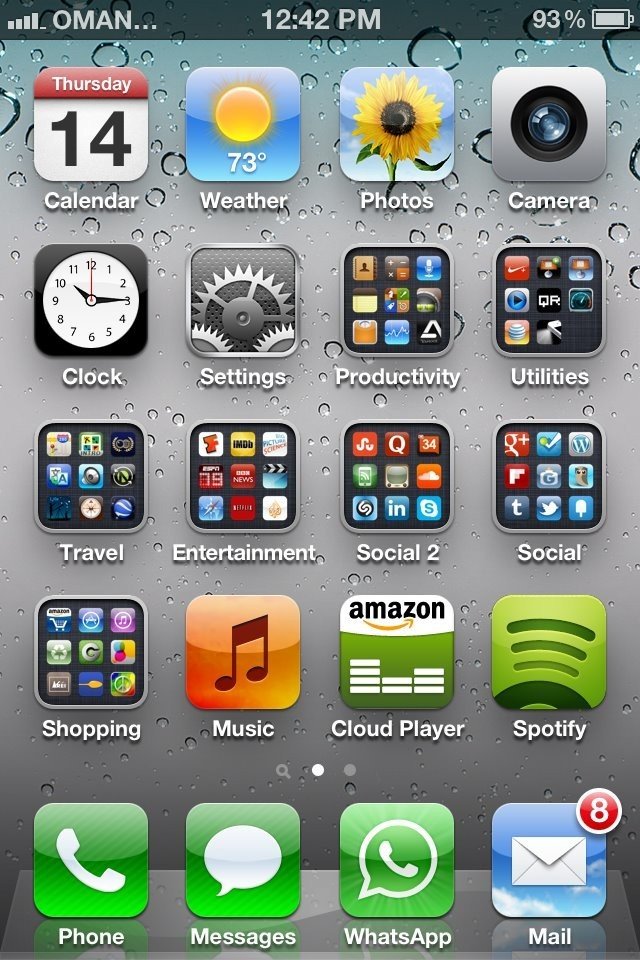
Amazon's digital music service was also one of the first that I remember to allow for a virtual music "locker" or cloud service where you could store not only the purchases you made online from Amazon, but uploaded music as well, and access this content from any machine. I seem to recall being able to store more music here for free with Amazon than I could even when iCloud Music storage became a thing (no shocker Apple skimped on free online storage).
Amazon's streaming music services helped pave the way for Amazon's ambitions with the Fire Phone, Echo, and Alexa.
Fast-forward several more years to 2014, and Amazon introduced Prime Music, which was a free streaming service (for Prime members) that had several million songs available with no ads. This was Amazon's first real step into streaming and was clearly paving the way for its ambitions with the Fire Phone, and later Alexa and its Echo line of smart speakers. The service still exists to this day as part of the broader Amazon Music portfolio. It serves as a valuable addition for Echo buyers and a great gateway drug for Amazon to dangle its premium tier subscriptions to new users.
Speaking of those more premium tiers, by 2016, paid streaming services like Spotify and Apple Music were well-established and gaining millions of new subscribers. Hence, the time was ripe for Amazon to step up its game. Enter Amazon Music Unlimited, its paid service that fit right in with those others in terms of its initial offerings and overall catalog. Amazon began to distinguish itself from its competitors by offering a somewhat confusing array of plans and packages, from discounts for Prime members to high-end, high-def premium services for audiophiles.
Get the latest news from Android Central, your trusted companion in the world of Android
More: Which Amazon Music subscription should you get?
Thirsting for more
For the longest time, Amazon didn't do much advertising for or promotion of its services, but that has undoubtedly changed in the last five years or so. From primetime television ads promoting its Prime service to Super Bowl campaigns featuring Alexa to movie theater trailers of its latest Prime Video series, Amazon has stepped up its outreach initiatives. I've also noticed these efforts extend to Amazon Music, particularly on social media platforms like Twitter and Instagram. The push has even gained traction in the real world, with billboards and posters filling the skies in major cities across the country (and not just in Times Square).
Thank you @amazonmusic for your support on my new EP, Getting Good. I could never get "billboard" with seeing my face on the Nashville Sign!! Y'all be sure to click the link below to listen, or get Alexa to play it for you. She knows what's up ;) https://t.co/ikSlBYXfby pic.twitter.com/GFOCBd3M5VThank you @amazonmusic for your support on my new EP, Getting Good. I could never get "billboard" with seeing my face on the Nashville Sign!! Y'all be sure to click the link below to listen, or get Alexa to play it for you. She knows what's up ;) https://t.co/ikSlBYXfby pic.twitter.com/GFOCBd3M5V— Lauren Alaina (@Lauren_Alaina) March 6, 2020March 6, 2020
Spotify and Apple Music have attracted, maintained, and grown huge followings in large part thanks to how great their curated content is, and in all honesty, this was an area that I felt Amazon Music lagged in for a long time. I no longer feel that way. Amazon's content suggestions and predictions have gotten noticeably better from my perspective, and the company has begun to diversify its stable of curated playlists and stations. From just a handful of initial featured offerings, there is now an ever-growing list of genre-specific playlists and exclusives that are regularly updated, including The High End, Fuego Latino, Crescendo, and The Pocket, just to name a few.
Another area where I've noticed a more concerted effort by Amazon to promote its music services and make them seem cooler is within the app itself. When the subscription service first came out and up until maybe the middle of last year, the "album artwork" for the service's curated playlists, radio stations, and artist exclusives were a little underbaked in some areas.
Source: Jeramy Johnson / Android Central
Amazon stepping up its style game reflects its ambition to grow its music service.
But recently, I've noticed more customized and creative stylistic choices on display, and I think they represent a visual demonstration that Amazon is taking the promotion of the service more seriously. Quality content and curation do matter (and Amazon Music has been getting much better here), but first impressions matter too.
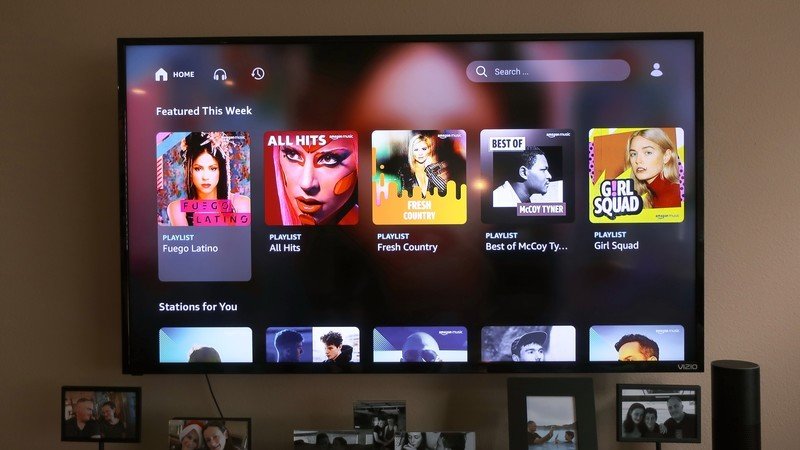
If you jump into the Amazon Music app and the artwork for the playlists and stations look bland or uninspired, you probably aren't going to click on them. Spotify and Apple Music both understood this from the beginning, and it seems like Amazon Music is finally starting to get it too, and it's creating its own unique style language in the process. Playlist art like that of My Discover Mix, Chill House, or Girl Squad looks much more creative and professional than some of Amazon's older and blander cover artwork, and I think this signals a step in the right direction towards attracting more eyeballs and eardrums to the service.
Even the often overlooked Fire TV app has seen a recent facelift. It has added an entire section for exclusive video content, and it now carries over many of the same elements and designs from the mobile, desktop, and web apps.
More: Amazon Music is the one streaming service you shouldn't ignore
Moving forward faster
As I mentioned earlier, Amazon's subscription services have helped feed their content and device ecosystems, which in turn have helped them sell more subscriptions, in a continuous cycle of consumption. The company uses Alexa to promote Amazon Music, and you can ask the assistant to play the song of the day, follow specific artists for updates, and add songs to your playlists. This kind of integration is something that Google/Nest certainly can't match. Apple's Siri can get close to some of this functionality through the HomePod, but the simple fact remains that there just aren't nearly as many HomePods in the wild as there are Echo devices. Advantage, Amazon.
Amazon is also working more and more closely with recording artists to promote the service, as can be seen in examples like the tweet below. In fact, it recently hired away a former Senior Vice President at Warner Records (and Capitol Music Group before that) to head up its artist marketing efforts.
Thank you @amazonmusic for sharing #cowboytakemeaway and putting my face on the cover of the #certifiedcountry playlist 💛 https://t.co/hb3vsrBJnj pic.twitter.com/CelHIpCReAThank you @amazonmusic for sharing #cowboytakemeaway and putting my face on the cover of the #certifiedcountry playlist 💛 https://t.co/hb3vsrBJnj pic.twitter.com/CelHIpCReA— Carly Pearce (@carlypearce) March 7, 2020March 7, 2020
In addition to direct artist co-promotion, Amazon has increased its involvement with live music events. This can be seen in its sponsorship of existing award shows and festivals to the creation of additional buzz around the annual Prime Day event with a live concert that featured artists like Taylor Swift, SZA, and Dua Lipa. I can easily imagine Amazon Music becoming ever more involved in other live and streamed music events as it seeks to add additional subscribers.
What's it to me?

As someone who is currently a paying subscriber to two streaming music services (Amazon Music Unlimited and Apple Music), and who has paid in the past for premium versions of Spotify, Google Play Music, and even Rhapsody (remember them?), I really enjoy Amazon Music Unlimited and the value I get as a Prime member in the form of a less expensive subscription and the advantages of ecosystem integration with my Echo and Fire devices.
However, it's becoming more and more clear to me that I'm finally getting significant value from the service itself (in the form of better curation, better-looking apps, better AI music suggestions, etc.) than just the monetary value of a Prime member discount. As all of these services promise, the more you use them, the better they get at delivering you the content you didn't know you wanted. I finally feel like Amazon Music Unlimited is delivering on that promise at a level on par with Spotify and Apple Music, and this improvement in the quality of the service also seems to coincide with Amazon's increased outward attention for the service and its apps.
Amazon didn't seem to prioritize these "superficial" details before, but now it's clear to me that they do. I don't know if it's because they smell blood in the water, or they sense they've hit a critical mass to justify the additional investment, or perhaps they have even bigger things planned. Whatever the reason, if the service continues on its current trajectory, Amazon is sure to quench its musical thirst sooner rather than later.
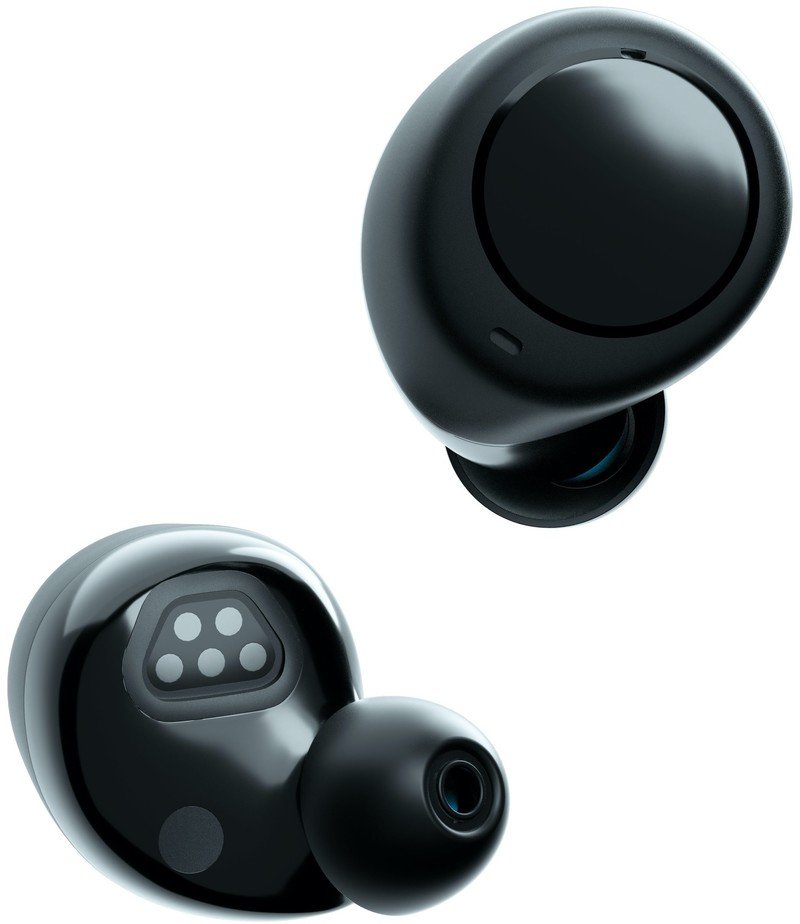
Alexa breaks out
These wireless earbuds by Amazon are a solid first swing at a new product category and form factor for Alexa. The fit and sound are surprisingly good for the price, and the convenience of hands-free Alexa and Google Assistant/Siri at a tap is a really useful combination.

Jeramy was the Editor-in-Chief of Android Central. He is proud to help *Keep Austin Weird* and loves hiking in the hill country of central Texas with a breakfast taco in each hand.
